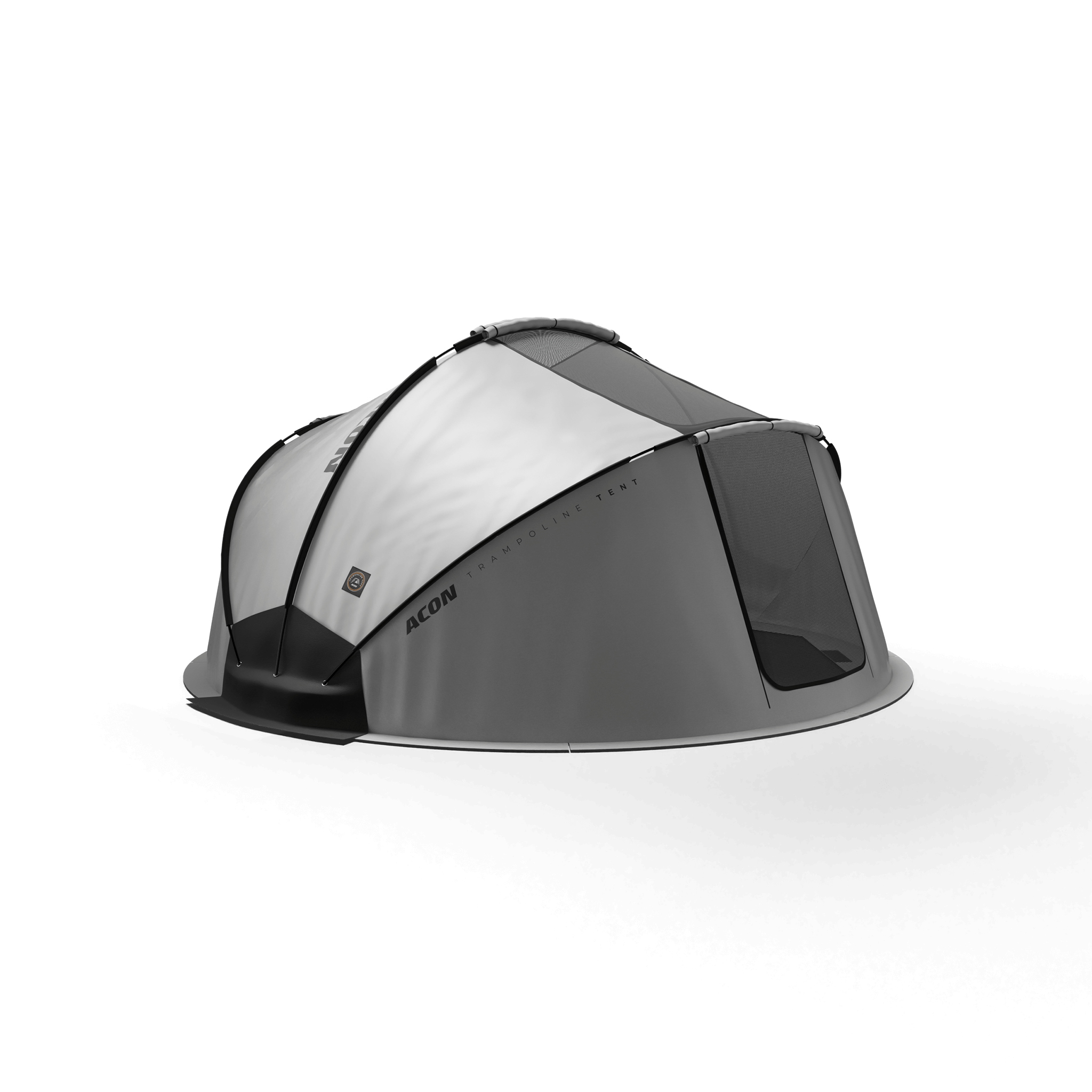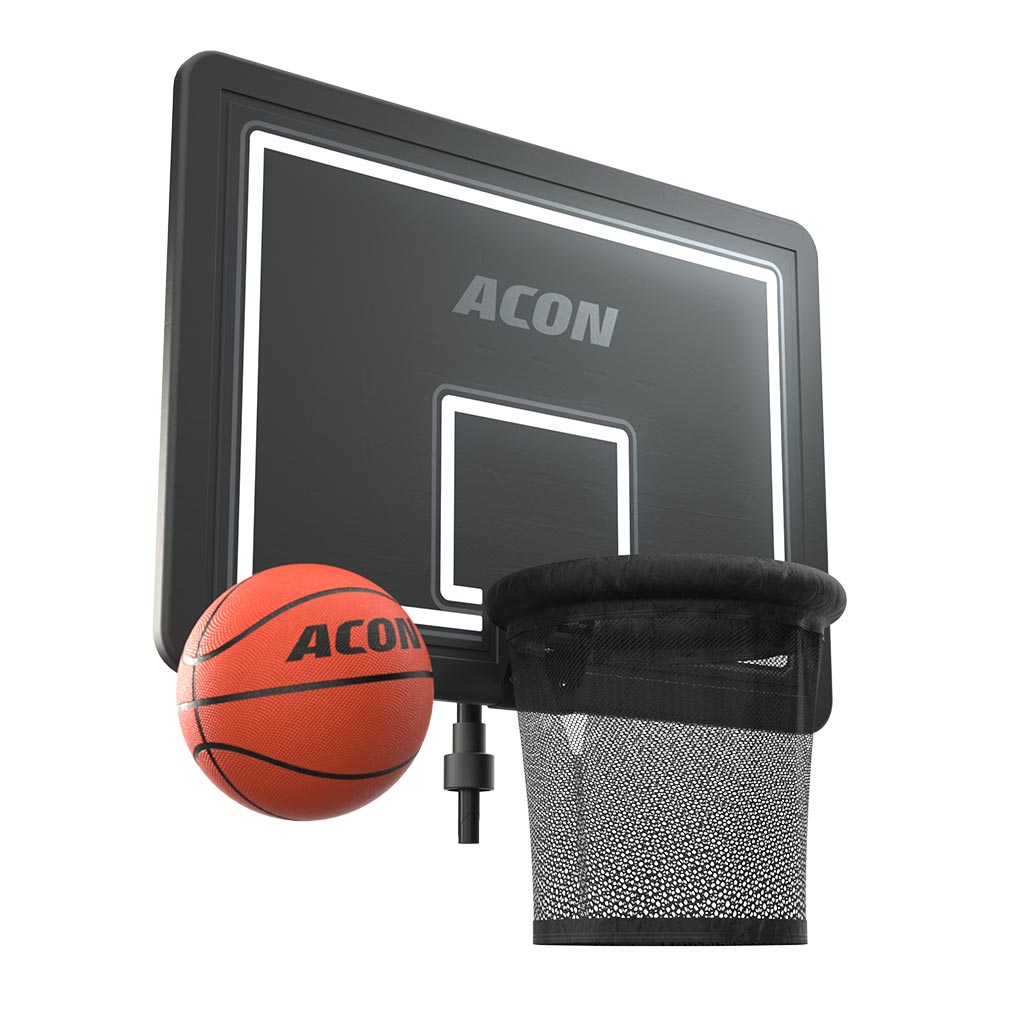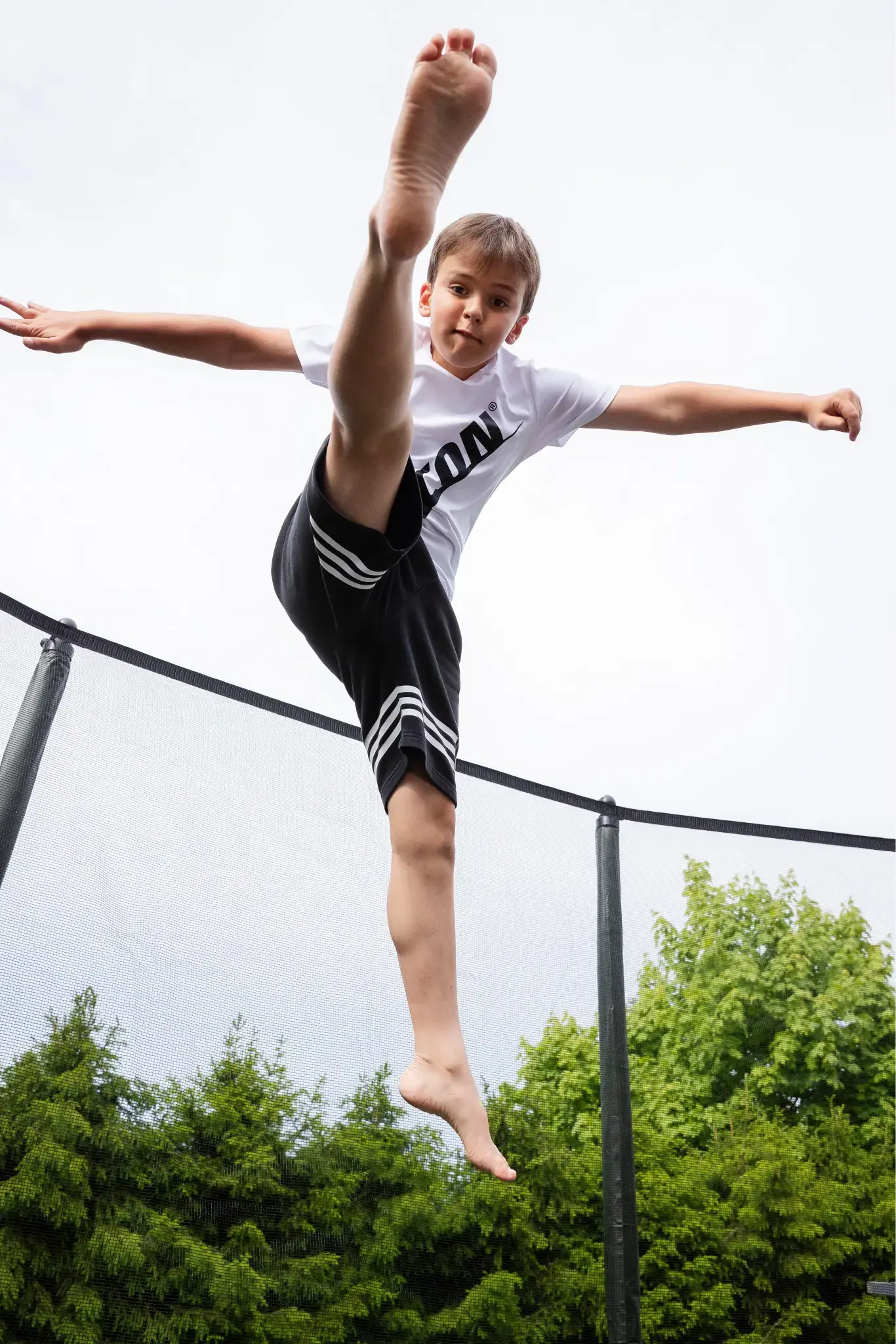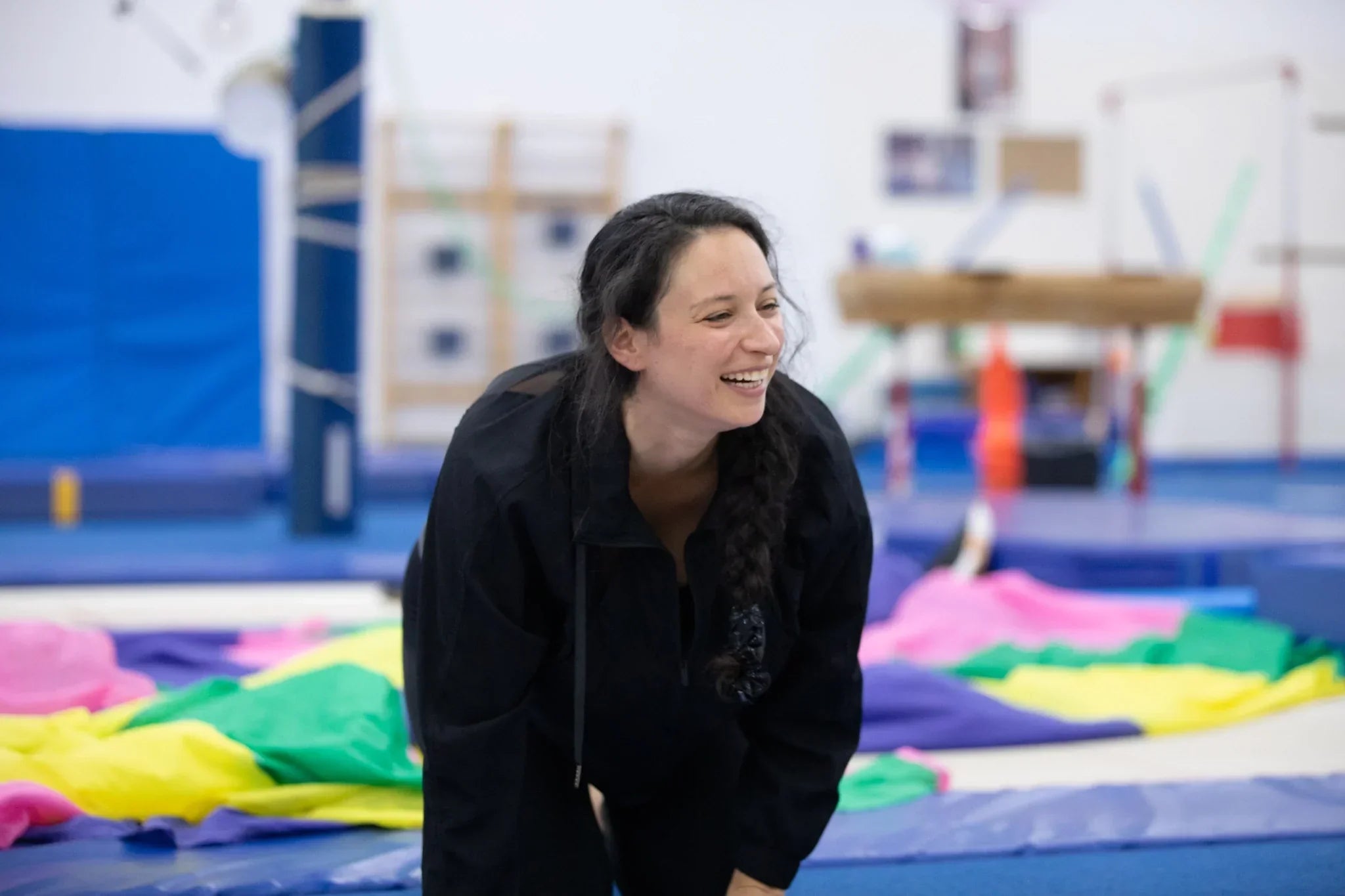Distributacon Inc.
1250 Wayzata Blvd E Unit 1127,
Wayzata, MN 55391, USA
Parents, caregivers, and educators, often spend time investigating the best ways to support the growth and development of their little ones. One of the most important parts of this journey is understanding physical development in early childhood. This stage, particularly between the ages of 2 to 6, lays the foundation for a child’s overall growth, including their physical, cognitive, and social skills. One fun way to promote this development is through play—especially activities like trampoline jumping!
What is Physical Development in Early Childhood?
Physical development in early childhood refers to the progression of a child's ability to control their body movements and develop physical skills. This encompasses everything from gross motor skills, which involve large muscle groups for activities like running and jumping, to fine motor skills, which require smaller movements such as grasping and manipulating objects.
Importance of Physical Development from Ages 2-6
During these formative years, children experience significant growth and development. Engaging in physical activities not only helps children develop strength and coordination but also plays a key role in their social and emotional well-being. As they learn to navigate their environment, they gain confidence and independence—two essential traits that will serve them well throughout life.
Key Milestones in Physical Development
By the age of 6, children typically reach several key physical milestones, including improved balance, coordination, and the ability to perform more complex movements. For a deeper dive into outdoor activities that can enhance these skills during winter, check out our article on outdoor winter games.
Examples of Physical Development in Early Childhood
Understanding the various facets of physical development can help us create enriching environments for children. Here are some examples:

Gross Motor Skills: Running, Jumping, and Climbing
Gross motor skills are fundamental to a child's physical development. Activities like running, jumping, and climbing not only promote strength and coordination but also encourage children to explore their surroundings. For more information on how trampolines can aid in developing these skills, visit our article on trampolines for toddlers.
Fine Motor Skills: Grasping, Holding, and Manipulating Objects
Fine motor skills are equally important, as they involve the use of smaller muscles in the hands and fingers. Activities that encourage grasping, holding, and manipulating objects—such as drawing, building with blocks, playing with playdough, or even throwing and catching a ball—are great for developing these skills. Trampoline games, like gentle basketball or tossing a ball while bouncing, can make practicing these skills fun and active.
Activities to Promote Physical Development in Early Childhood
It’s essential to incorporate a variety of activities that stimulate both gross and fine motor skills. Here are some engaging ways to do just that:
Outdoor Play and Movement
Outdoor play is an excellent way for children to engage their bodies in a natural setting. Activities like running, climbing on playgrounds, playing tag, or jumping on a trampoline provide opportunities for children to develop their physical abilities while enjoying fresh air and sunshine.
Interactive Games and Play Equipment
Interactive games, whether structured or free play, encourage children to move and explore. Equipment like balance beams, balls, and, of course, trampolines can make physical activity fun and engaging.
Trampoline and Child Development: A Fun and Effective Tool
Trampolines are not just a source of fun; they are also an incredible tool for promoting physical development. Jumping on a trampoline helps improve balance, coordination, and strength. The repetitive motion of bouncing can also enhance spatial awareness, making it a multifaceted activity for growth.

The Role of Trampolines in Physical and Cognitive Development
Trampolines contribute significantly to both physical and cognitive development in children. Here’s how:
How Trampolines Help a Child's Development
The act of jumping on a trampoline engages various muscle groups, promoting strength and endurance. It also encourages children to practice their balance and coordination, essential skills for overall physical development
Trampoline Play and Brain Development
Interestingly, trampoline play has been linked to cognitive benefits as well. The physical activity stimulates blood flow to the brain, which can enhance cognitive functions like memory and concentration.
The Physical Health Benefits of Trampoline Play
Beyond skill development, trampoline play can improve cardiovascular fitness, strengthen muscles, and even support healthy bone development—all crucial for growing children.
How Do Trampolines Help With Cognitive Development?
Trampoline play is more than just a physical activity; it also supports cognitive development in several ways:
Boosting Coordination and Balance
As children jump, they must continually adjust their bodies to maintain balance. This practice not only enhances their physical abilities but also sharpens their cognitive skills, such as problem-solving and spatial awareness.
Enhancing Focus and Concentration
Jumping on a trampoline requires focus and concentration, especially as children learn to perform tricks or land safely. This engagement can translate to improved attention spans in other areas of their lives, such as in school or while completing tasks at home.

Frequently Asked Questions (FAQ)
At What Age Can a Child Safely Use a Trampoline?
Most experts recommend that children can safely use a trampoline around the age of 3, provided they are supervised and the trampoline is age-appropriate.
Can Trampoline Play Improve a Child's Social Skills?
Absolutely! Trampoline play can encourage social interaction, teamwork, and communication skills as children bounce together and engage in cooperative games.
Are Trampolines Safe for Children with Special Needs?
Trampolines can be beneficial for children with special needs, but it's essential to consult with a healthcare professional to ensure that it is safe and appropriate for the child's specific circumstances.
How Often Should Children Use a Trampoline for Development?
Moderation is key. Regular short sessions—about 10-15 minutes a few times a week—can provide significant benefits without overwhelming the child.
Can Trampoline Play Help with Weight Management?
Yes! Trampoline play is an enjoyable way to engage in physical activity, which can help children maintain a healthy weight while having fun.
In conclusion, the importance of physical development in early childhood cannot be overstated. Activities like trampoline play not only contribute to physical growth but also foster cognitive and social skills. So, let your little ones jump into fun and development—who knew that bouncing could be so beneficial?
For more information on quality trampolines for kids, check out Acon's collection of trampolines.













